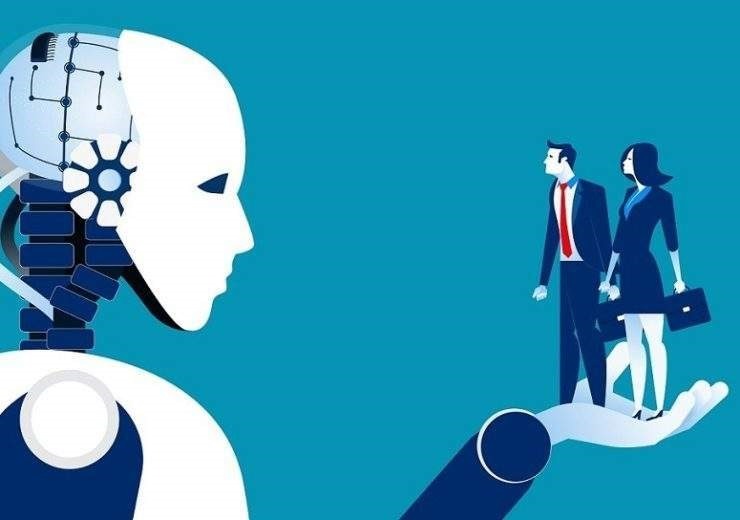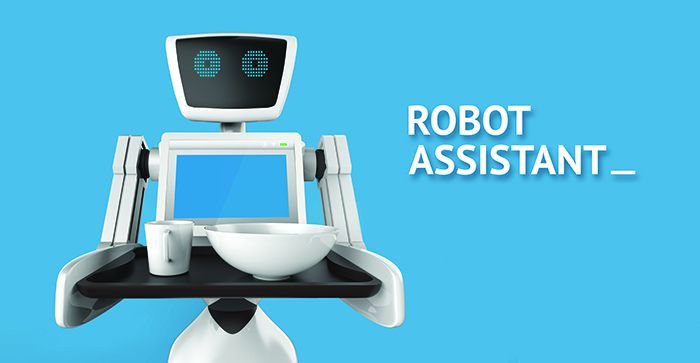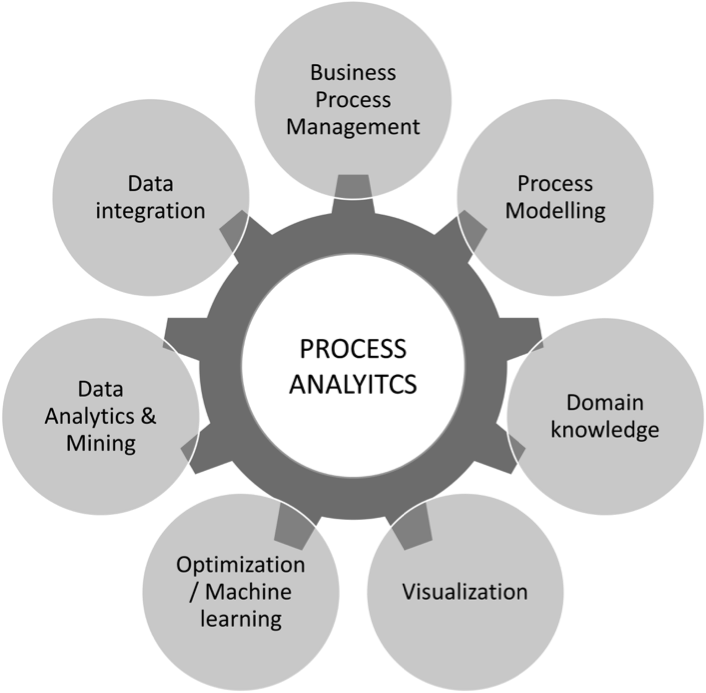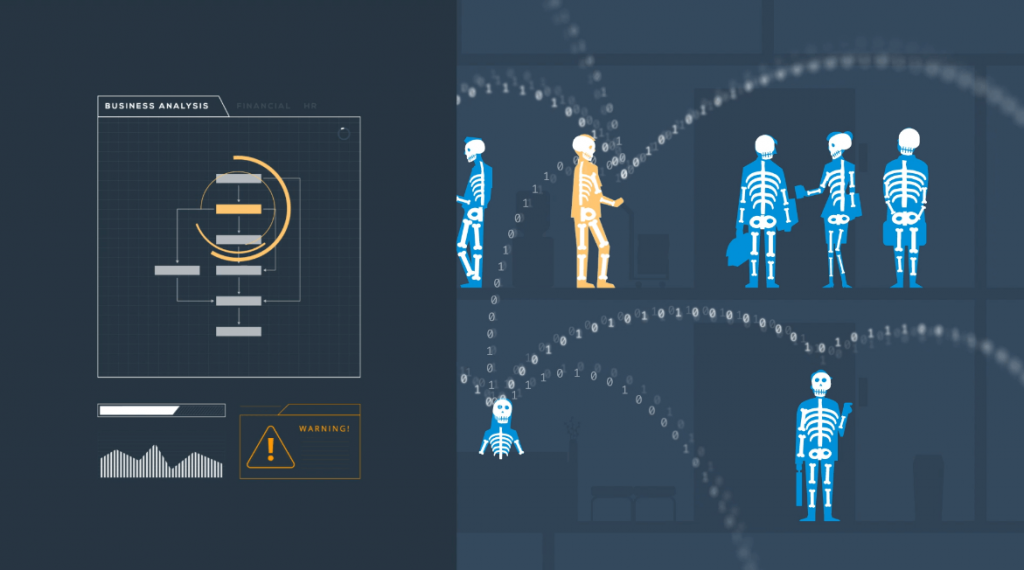- How did we do Predicting AI Trends in 2020? Pt 1 – the Trends
- 2020 AI Trends and How we did Part 2 – The Star Ratings
Artificial intelligence, machine learning, neural networks or whatever other fancy terms industry is coming out with for what is defined as the sophisticated computer technology that is becoming widely utilized to understand and improve business and customer experiences. I assume you have heard of it before, but the way it is defined today is an area of computer science that emphasizes the creation of intelligent machines that work and react like humans.
Here are ten AI trends to be on the lookout for this year:
The need for Digital Intelligence.

Digital workers will transform the office.

The proliferation of Process Intelligence.
If you haven’t heard it before, you will be sure to see it this year. Process Intelligence allows businesses to use the information contained within their systems to create a visual model of their processes, analyze them in real-time to identify outliers and bottlenecks, and predict future outcomes to facilitate decision-making of technology investments.
As more complex digital transformation technologies are deployed, the ability to monitor operations across every facet of the organization becomes increasingly important. Individual technology systems that govern very specific functions (CRM, ERP, CMS, EHR, etc.) only provide visibility into the processes that their platform controls. None of these standalone systems can provide insight in a holistic and in-depth manner.In other cases, companies fake it until they make it, telling investors and users they have developed a scalable AI technology while secretly relying on human intelligence.
To attain this visibility, organizations will need to leverage Process Intelligence technologies that provide a comprehensive, accurate, and real-time view of all processes — across departments, functions, personnel, and even different locations. In the coming years, more businesses will realize that Process Intelligence enables organizations to better understand and more effectively manage their processes end-to-end, and these technologies will subsequently become a standard in the enterprise.

AI not only for the consumer user but the enterprise too.
As consumers, we experience AI daily, often without knowing it’s being used. In the enterprise, expect that in 2020 process owners and those leading improvement initiatives for the customer experience will see a dramatic increase in their involvement and access to artificial intelligence tools.
Many businesses have spent millions of dollars on digital transformation projects that were never aligned with the needs of the business. Of course, they then still wonder why they failed. Ensuring digital success in the enterprise 2020 and beyond will only be possible by solving a business problem and, furthermore, ensuring it is solving the right problem. Don’t just have AI or RPA just to have it — align technology to the business.
As Nathan Furr and Andrew Shipilov explained in their article that broke the common myths on digital disruption in the Harvard Business Review, “Managers often think that digital transformation is primarily about technology change. Of course technology change is involved — but smart companies realize that transformation is ultimately about better serving customer needs, whether through more-effective operations, mass customization, or new offers.”
AI will become much more easily consumable in the workplace. Business users will soon have access to internal marketplaces of robots and other easy-to-use automation tools available to people of all technical proficiencies. These new platforms will play a role in improving the way that employees get work done so that customer experiences are improved and processes are better than the competition.
AI will be monitoring and improving business processes.

The normalcy of the hybrid-workforce — Human and AI cooperation.
Many people see artificial intelligence and automation within the enterprise as job killers. The emerging hybrid — human and robotic — workforce is alive and growing. Organizations are swiftly implementing cognitive AI and RPA that can handle high-volume, repetitive tasks at scale. As more and more use cases emerge the hybrid workforce grows.
Getting buy-in might be difficult, but business leaders should be open and honest with employees giving them transparency into how AI will be used and what will be the lasting impact on current human workers and their daily work lives
Overall, whether your organization works to gain buy-in or not, the message is kind of clear: Get used to it. In a not so distant future, you will probably be working alongside AI-powered tools, digital workers, and bots in your day-to-day work. The hope is that these digital workers are aligned with the business and help to solve problems that accelerate your time to value.
More human interaction with AI.
The normalcy of AI in the workplace will also be the reason we see more human interaction with AI. We will be expected to live and work alongside AI as we already live with Alexa, Siri, and other digital assistants. What will your intelligent digital worker’s name be?
As technology capability improves, regulation permits and social acceptance grows, more AI will be deployed in uncontrolled public spaces. I imagine more of us will interact with AI, maybe without even knowing it. While we have come to understand that customer experiences are often improved and customized based on our personal profiles and interest, I expect many other forms of interaction with AI, even where we don’t see it happening.
AI boosting cybersecurity.

So what do you do when all signs point to having to go to University to gain any sort of advantage? Unfortunately it’s the current state of affairs that most employers will not hire you unless you have a degree for even junior or starting jobs. Once you have that degree, coming to my Mentor Program, with 1000ml with our Patent Pending training system, the only such system in the world; is the only way to gain the practical knowledge and experience that will jump start your career.
Check out our next dates below for our upcoming seminars, labs and programs, we’d love to have you there.
